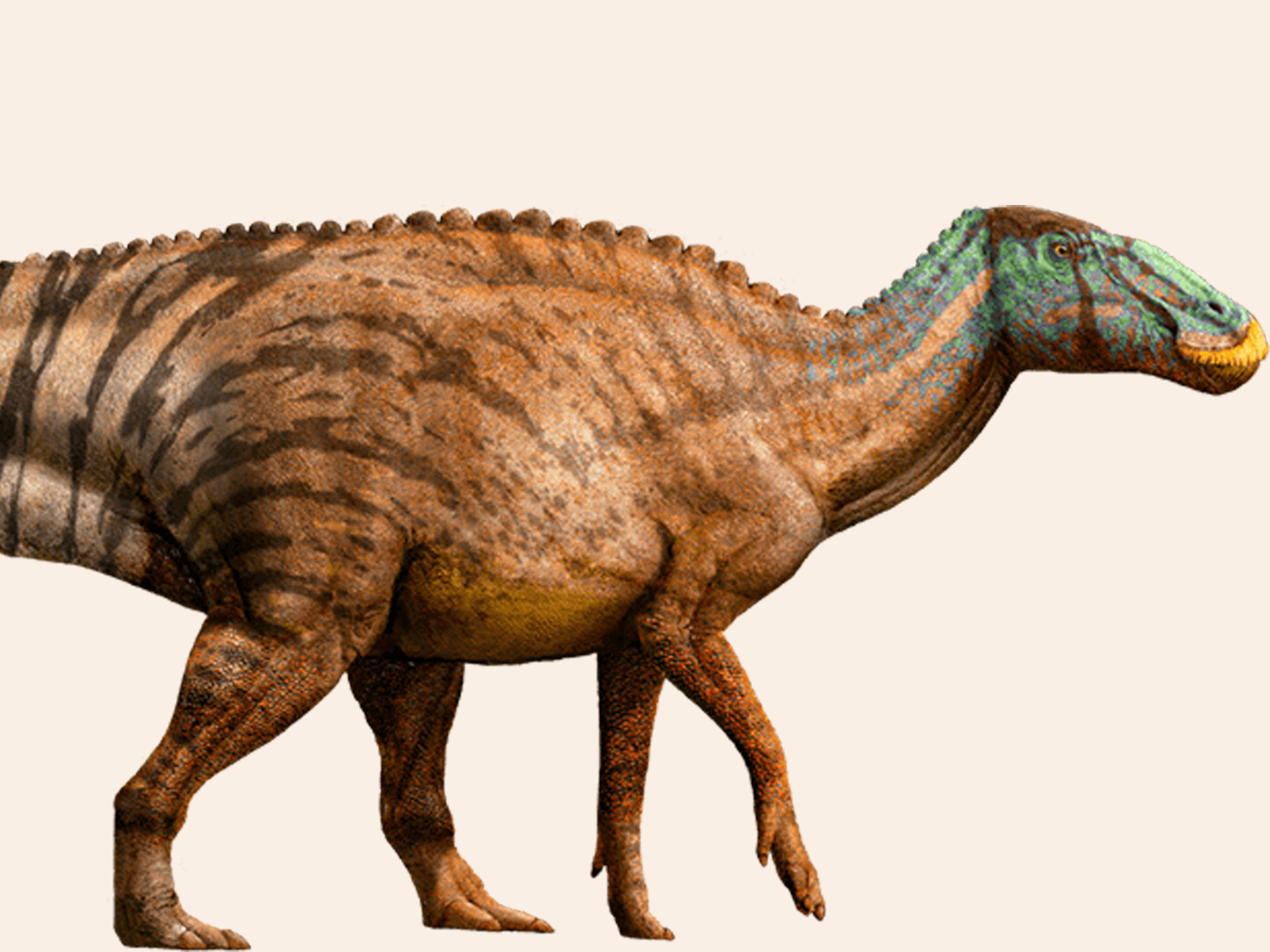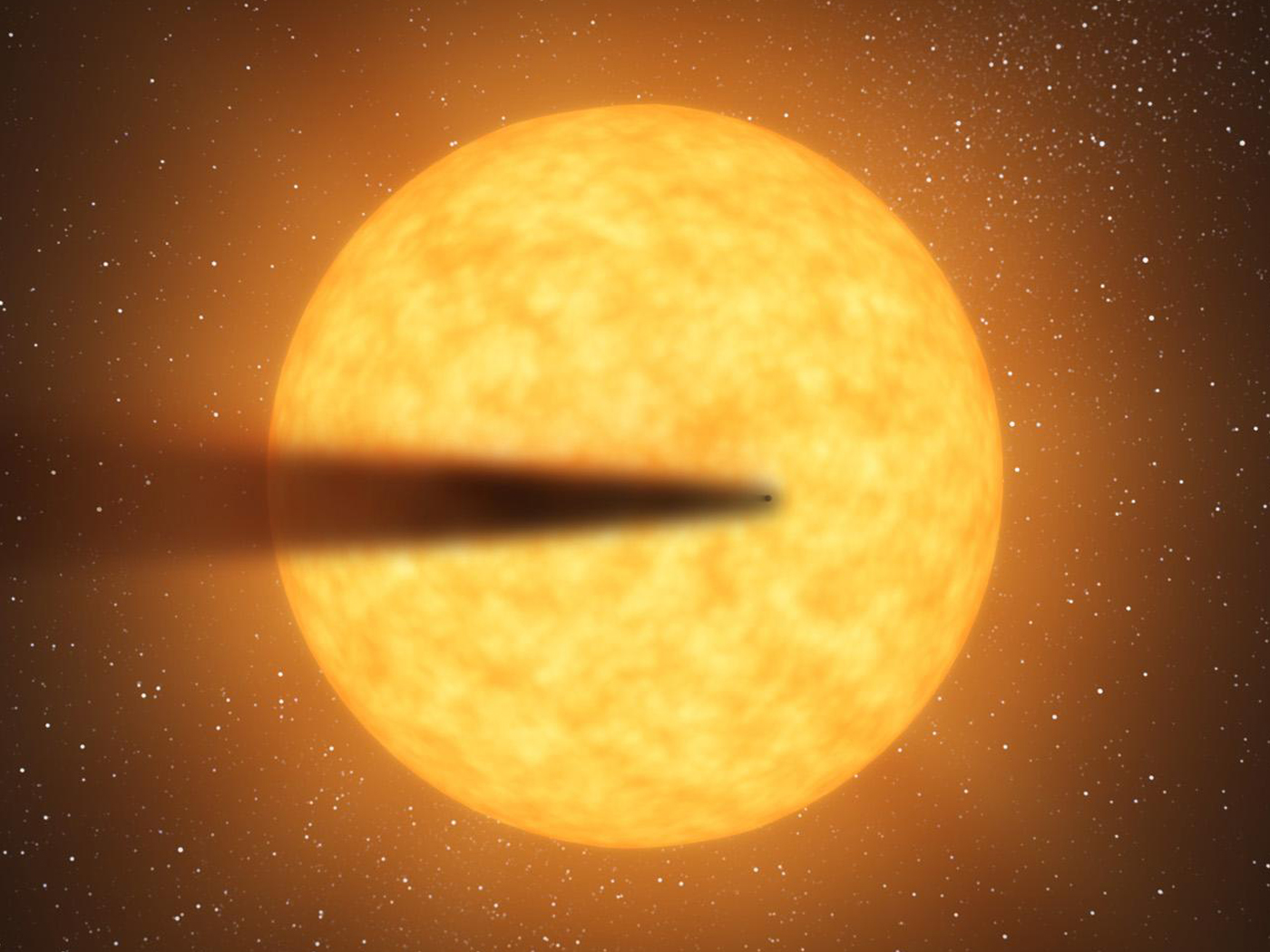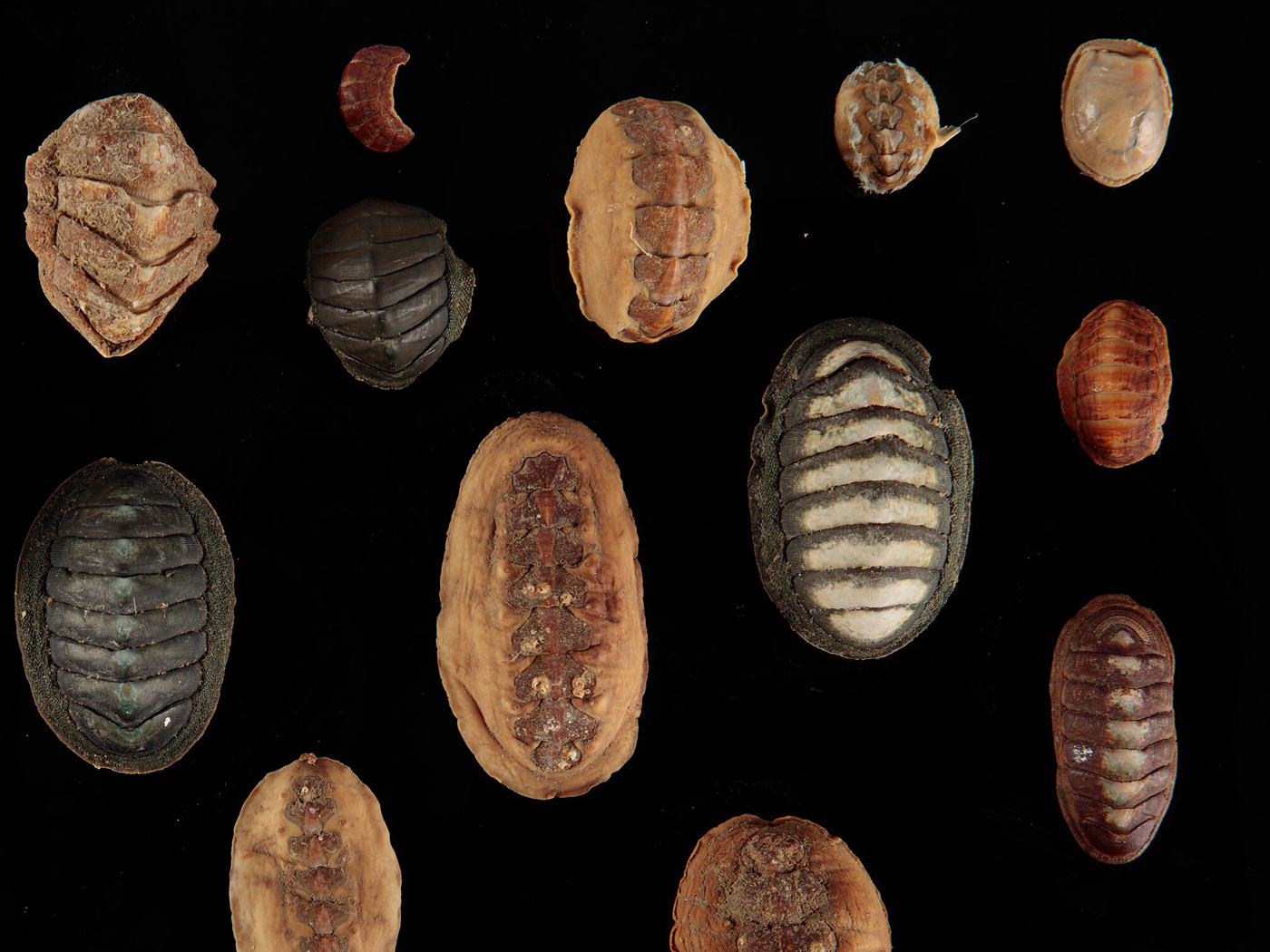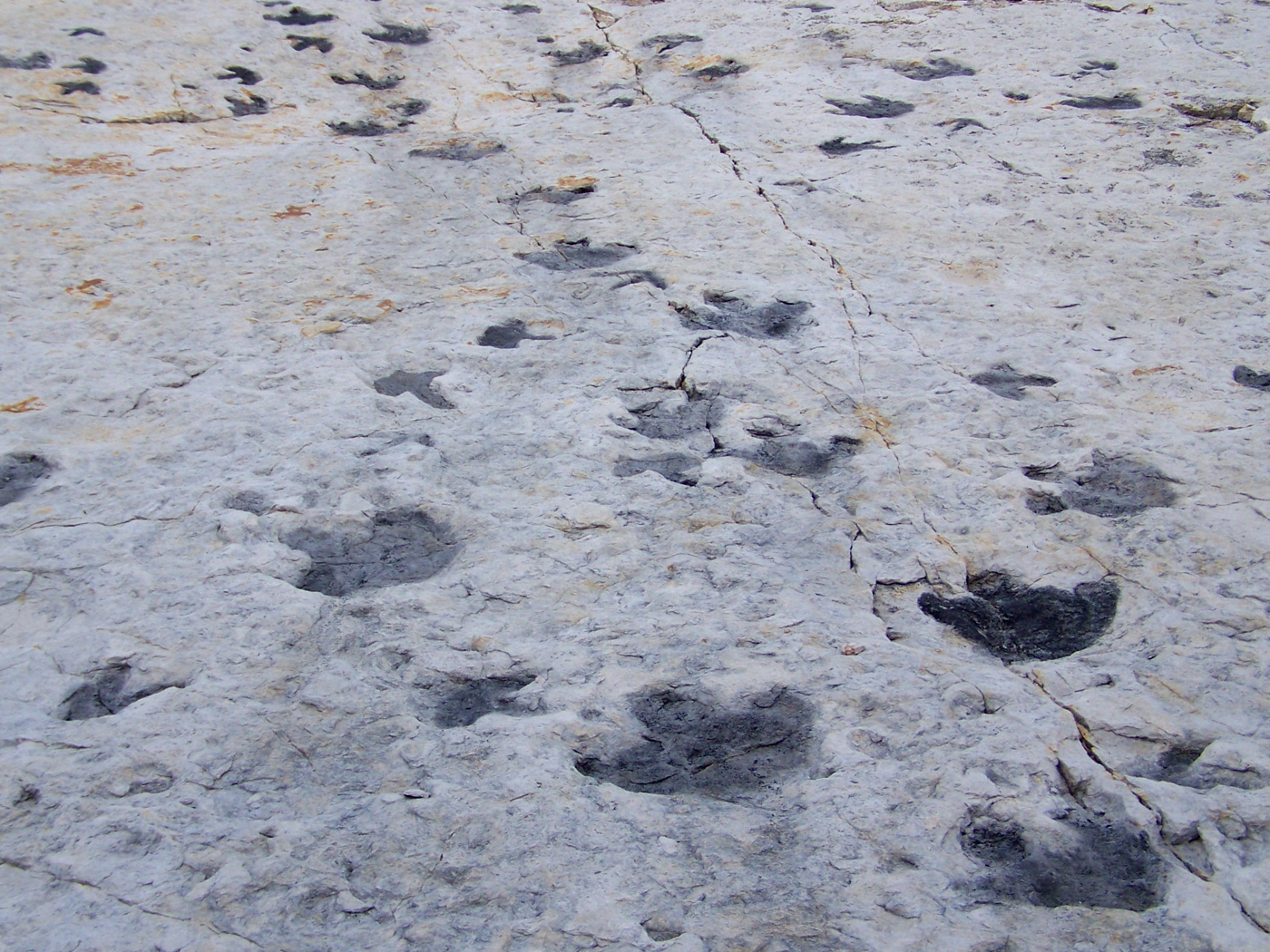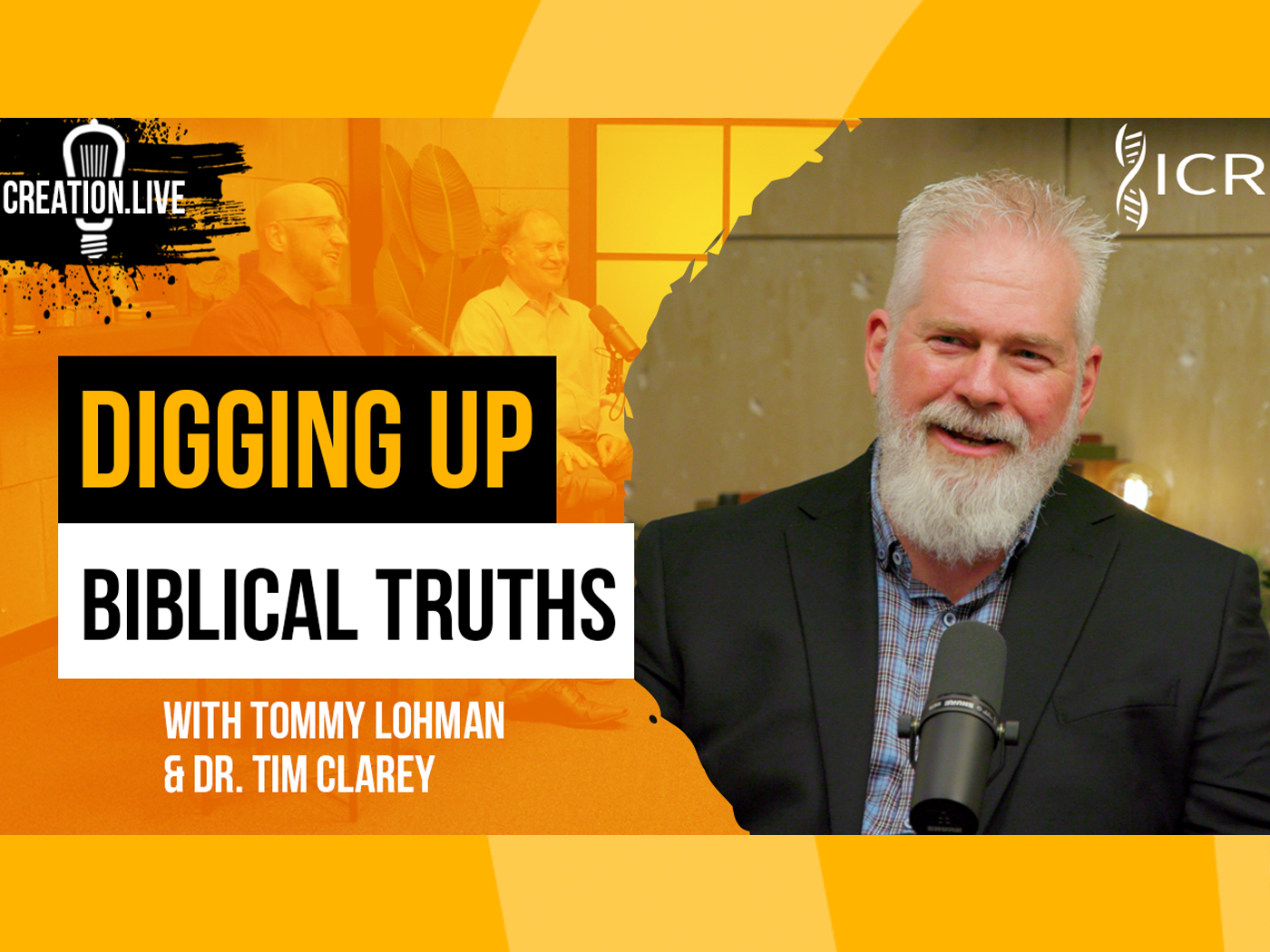After reviewing evolutionists' speculations on the origin of life, Clemmey and Badham say, "... the dogma has arisen that Earth's early atmosphere was anoxic,..."1 By "anoxic" they mean an atmosphere without free oxygen gas (O2), very different from the oxidizing mixture we breathe. The generally accepted model for the evolution of the atmosphere2 supposes that before about 1.9 billion years ago the earth's atmosphere was a reducing mixture of nitrogen (N2), methane (CH4), water vapor (H2O), and possibly ammonia (NH3). Solar radiation and lightning discharges into the reducing gas mixture are believed by the consensus of evolutionists to have produced natural organic compounds and eventually life itself. The reason evolutionists postulate an anoxic and reducing atmosphere is mentioned by Miller and Orgel, "We believe that there must have been a period when the earth's atmosphere was reducing, because the synthesis of compounds of biological interest takes place only under reducing conditions."3
If the dogma of the Precambrian reducing atmosphere is true, we would expect to find geologic evidence in the Archean and lower Proterozoic strata (believed by evolutionists to be older than 1.9 billion years). Although altered by diagenesis and metamorphism, the oldest sedimentary rocks should possess distinctive chemical composition and unusual mineral assemblages.
PLACERS OF UNSTABLE METALLIC MINERALS
Pebble and sand placer deposits of upper Archean and lower Proterozoic age occur in southern Canada, South Africa, southern India and Brazil. Some of these are known to be cemented by a matrix containing mineral grains of pyrite (FeS2) and uraninite (UO2). Pyrite has the reduced state of iron (without oxygen, but with sulfur) which is unstable as sedimentary grains in the presence of oxygen. Uraninite has the partly oxidized state of uranium which is oxidized to UO3 in the presence of the modern atmosphere. These unstable mineral grains in gravel and sand concentrates have been claimed by some geologists to indicate a reducing atmosphere at the time of deposition.
Although ancient placers of unstable metallic minerals occur in various places, these are by no means the only types of heavy mineral concentrates known from Archean and lower Proterozoic strata. Davidson4 studied heavy mineral concentrates of completely modern aspect in strata nearly contemporaneous with the unstable concentrates. If deposition occurred under a reducing atmosphere all sediments would be expected to contain pyrite. The normally oxidized concentrates could be better used to argue for oxidizing atmosphere with the unstable assemblages being accumulated under locally reducing conditions.
Clemmey and Badham5 are bold enough to propose that the unstable minerals were disaggregated by mechanical weathering, with limited chemical and biological weathering, under an oxidizing atmosphere. Support comes from Zeschke6 who has shown that uraninite is transported by the oxidizing water of the modern Indus River in Pakistan. Grandstaff7 has shown that the ancient uraninite placers contain the form of thorium-rich uraninite which is most stable under modern oxidizing conditions. Pyrite has also been reported in modern alluvial sediments, especially in cold climates.8 It is noteworthy that magnetite, an oxide of iron unstable in modern atmospheric conditions, is the most common mineral constituent of the black sand concentrates on modern beaches. Evidently, brief exposures to special oxidizing conditions are not sufficient to oxidize many unstable minerals. Thus, these metallic mineral placers do not require a reducing atmosphere.
IRON DEPOSITS
Another frequently cited evidence for an early reducing atmosphere comes from ancient iron ore deposits called "banded iron formations." These are common in Archean and Proterozoic strata, the best known being the ores of the Lake Superior region. The iron deposits consist typically of thin laminae of finely crystalline silica alternating with thin laminae of iron minerals. Magnetite (Fe3O4), an incompletely oxidized iron mineral, and hematite (Fe2O3), a completely oxidized iron mineral, are common in the banded iron formations. Magnetite may be considered a mixture of equal parts of FeO (iron in the less oxidized, ferrous state) and Fe2O3 (iron in the oxidized, ferric state). Because magnetite would be more stable in an atmosphere with lower oxygen pressure, some evolutionists have argued that banded iron accumulated during the transition from a reducing to a fully oxidizing atmosphere some 1.9 billion years ago. Soluble ferrous iron abundant in the early reducing sea, they suppose, was precipitated as oxygen produced the insoluble, ferric iron of the modern oxidizing sea.
Three problems confront the transition hypothesis. First, the banded iron is not direct evidence of a reducing atmosphere; it only suggests that an earlier reducing atmosphere may have existed. Other options are certainly possible. The iron formations contain oxidized iron and would require an oxidizing atmosphere or other abundant source of oxygen!
A second problem is that the iron formations do not record a simultaneous, worldwide precipitation event, but are known to occur in older strata when the atmosphere was supposed to be reducing and in younger strata when the atmosphere was undoubtedly oxidizing. Dimroth and Kimberley9 compare Archean iron formations (believed to have been deposited at the same time as unstable metallic mineral placers more than 2.3 billion years ago) with Paleozoic iron formations (believed to have been deposited in an oxidizing atmosphere less than 0.6 billion years ago). The similarities can be used to argue that the Archean atmosphere was oxidizing.
A third problem is that red, sandy, sedimentary rocks called "red beds" are found in association with banded iron formations. The red color in the rock is imparted by the fully oxidized iron mineral hematite, and the rocks are characteristically deficient in unoxidized or partly oxidized iron minerals (e.g., pyrite and magnetite). Red beds are known to occur below one of the world's largest Proterozoic iron formations and have been reported in Archean and lower Proterozoic rocks.10 By their association with iron formations, red beds also indicate oxidizing conditions.
SULFATE DEPOSITS
When sulfur combines with metals under reducing conditions the result is sulfide minerals such as pyrite (FeS2), galena (PbS), and sphalerite (ZnS). When sulfur combines with metals under oxidizing conditions the result is sulfate minerals such as barite (BaSO4), celestite (SrSO4), anhydrite (CaSO4), and gypsum (CaSO42H2O). If the earth had a reducing atmosphere, we might expect extensive stratified, sulfide precipitates in Archean sedimentary rocks. These would not have formed by volcanic-exhalative processes (as some sulfide minerals do even today), but directly from sea water (impossible in our modern oxidizing ocean). No deposits of this type have been found. Instead, Archean bedded sulfate has been reported from western Australia, South Africa, and southern India.11 Barite appears to have replaced gypsum which was the original mineral deposited as a chemical precipitate. This provides evidence of ancient oxidizing surface conditions and oxidizing ground water. The extent of the oxidizing sulfate environment and its relation to ancient atmospheric composition are speculation, but, again we see evidence of Archean oxygen.
OXIDIZED WEATHERING CRUSTS
When a rock fragment is deposited, its surface is in contact with the external environment and can be altered chemically. Thus, pebbles and lava flows in the modern atmosphere weather to form oxide minerals at their surfaces. Even in the ocean this weathering occurs. In a similar fashion, Dimroth and Kimberley12 report oxidative weathering of pebbles occurring below a banded iron formation and describe hematite weathering crusts on Archean pillow basalt (believed to represent a submarine lava flow). Again, Archean oxygen is indicated.
CONCLUSION
Much more could be written concerning the ancient atmosphere. Water-concentrated, unstable metallic minerals are not diagnostic of reducing conditions. The many mineral forms of ferrous and ferric iron in Archean and lower Proterozoic rocks are most suggestive of oxygen-rich conditions. Sulfate in the oldest rocks indicates oxygen in the water. Weathered crusts on ancient rocks appear to require oxygen in both air and water. To the question, "Did the early earth have a reducing atmosphere?" we can say that reducing evidence has not been documented in the rocks. An evolutionist can maintain that a reducing atmosphere existed before any rocks available for study formed, but such a belief is simply a matter of faith. The statement of Walker is true, "The strongest evidence is provided by conditions for the origin of life. A reducing atmosphere is required."13 The proof of evolution rests squarely on the assumption of evolution!
REFERENCES
1. Clemmey, H., and Badham, N., "Oxygen in the Precambrian Atmosphere: An Evaluation of the Geological Evidence." Geology, v.10, 1982, p.141.
2. Ibid., p.142.
3. Miller, S.L., and Orgel, L.E., The Origins of Life on the Earth: Englewood Cliffs, Prentice Halt, 1974, p. 33.
4. Davidson, C.F., The Precambrian Atmosphere: Nature, v.197, 1963, p.893.
5. Loc. cit., p. l42.
6. Zeschke, G., Transportation of Uraninite in the Indus River, Pakistan: Trans. Geol. Soc. South Africa, v.63, p.87.
7. Grandstaff, D.E., A Kenetic Study of the Dissolution of Uraninite: Economic Geology, v.71, 1976, pp.1493-1506.
8. Clemmey and Badham, loc. cit., p.142.
9. Dimroth, E., and Kimberley, M.M., Precambrian Atmospheric Oxygen: Evidence in the Sedimentary Distributions of Carbon, Sulfur, Uranium and Iron: Canadian Journal Earth Science, v.13,1976, pp.1161-l185.
10. Clemmey and Badham, loc. cit., p. 143.
11. Lambert, I.B., Donnelly, T.H., Dunlop, J.S.R., and Groves, D.I., Stable Isotope Compositions of Early Archaean Sulphate Deposits of Probable Evaporitic and Volcanogenic Origins: Nature, v.276,1978, p.808.
12. Loc. cit., p. 1176.
13. Walker, J.C.G., Evolution of the Atmosphere: New York, Macmillan, 1977, p.224.




